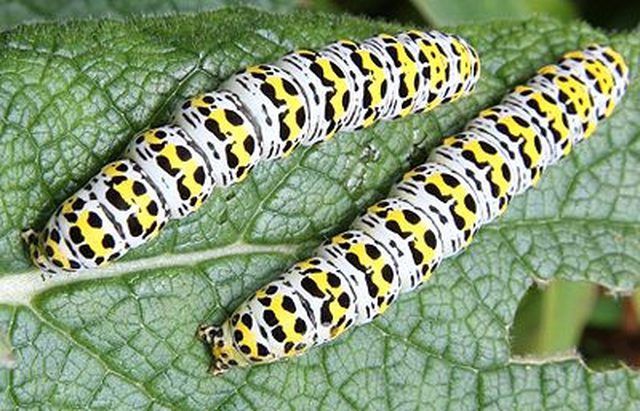Bulbs
Flower Basics
Flower Beds & Specialty Gardens
Flower Garden
Garden Furniture
Garden Gnomes
Garden Seeds
Garden Sheds
Garden Statues
Garden Tools & Supplies
Gardening Basics
Green & Organic
Groundcovers & Vines
Growing Annuals
Growing Basil
Growing Beans
Growing Berries
Growing Blueberries
Growing Cactus
Growing Corn
Growing Cotton
Growing Edibles
Growing Flowers
Growing Garlic
Growing Grapes
Growing Grass
Growing Herbs
Growing Jasmine
Growing Mint
Growing Mushrooms
Orchids
Growing Peanuts
Growing Perennials
Growing Plants
Growing Rosemary
Growing Roses
Growing Strawberries
Growing Sunflowers
Growing Thyme
Growing Tomatoes
Growing Tulips
Growing Vegetables
Herb Basics
Herb Garden
Indoor Growing
Landscaping Basics
Landscaping Patios
Landscaping Plants
Landscaping Shrubs
Landscaping Trees
Landscaping Walks & Pathways
Lawn Basics
Lawn Maintenance
Lawn Mowers
Lawn Ornaments
Lawn Planting
Lawn Tools
Outdoor Growing
Overall Landscape Planning
Pests, Weeds & Problems
Plant Basics
Rock Garden
Rose Garden
Shrubs
Soil
Specialty Gardens
Trees
Vegetable Garden
Yard Maintenance
The Life Cycle of the Mullein Moth
The Life Cycle of the Mullein Moth. The mullein moth, with the scientific name Shargacucullia verbasci, is often found in gardens in April and May. They have pointed, dark brown wings. Their caterpillars are more likely to be seen than they are. The caterpillars are generally visible from May to July and are usually seen feasting upon mulleins. The...

The mullein moth, with the scientific name Shargacucullia verbasci, is often found in gardens in April and May. They have pointed, dark brown wings. Their caterpillars are more likely to be seen than they are. The caterpillars are generally visible from May to July and are usually seen feasting upon mulleins.
The mullein moth's range is throughout Europe and part of North Africa. In many of its native countries, the mullein moth is considered a pest by gardeners and farmers because of the caterpillar's voracious appetite and its consumption of host plants.
The mullein's life cycle is similar to other moths and it goes through the egg, larva, pupa and adult stages.
Emergence
The adult mullein moths emerge from their pupae in late April or May. They will sometimes be seen feeding on flowers after dark, although it is rare to see the moth. The mullein moth is, however, attracted by light.
Egg
Eggs are laid soon after the adult moths emerge. The female moth places the eggs beneath the leaves of plants that the caterpillars will feast upon once they hatch. White in the beginning, the eggs turn gray as they mature.
Host plants can include the butterfly bush (Buddleia), Lizard Orchid (Himantoglossum hicinum), figworts (Scrophularia), and--of course--mulleins (verbascum).
Larva
The caterpillar of the mullein moth gets much more notice than the actual moth. The caterpillar, which is the larval stage, is colored in yellow and blacks and the bright markings keep birds that would prey upon it at bay.
The caterpillars are active in British gardens from late May until mid-July and will molt four times before reaching the pupa stage of development.
Pupa
After its final molt the mullein moth will enter the pupa stage. In this stage, the species goes underground and spins itself into a silk cocoon. It may remain in the pupae stage for up to five years before emerging as an adult.
Adult
The adult moth will fly from April to June, depending upon the geographical region. In Britain, the flight time is April and May with the adults being seen in gardens, meadows and around the edges of woods. The adult moth's wingspan is usually 19mm to 24mm in length in a reddish-brown color.